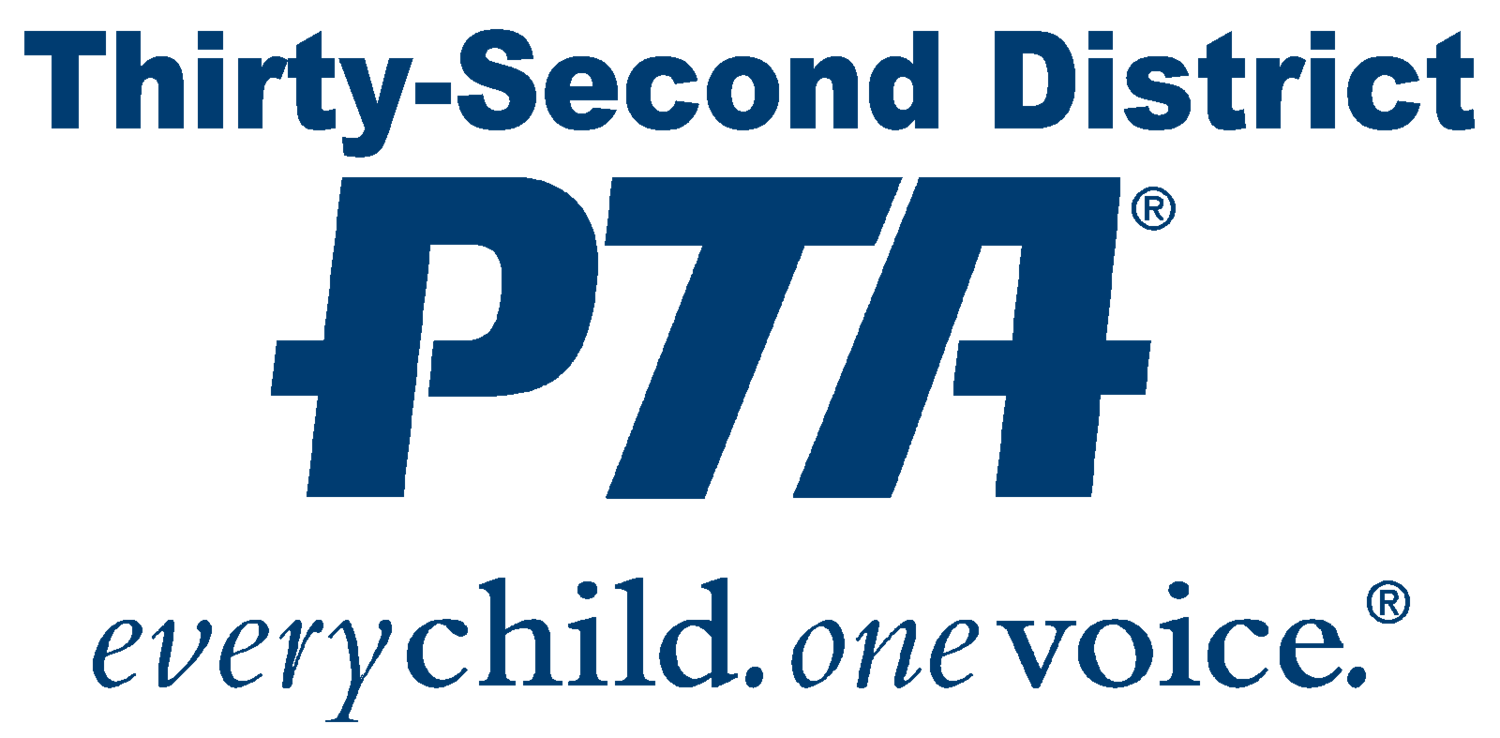The Parliamentarian
Job Description:
Key Role – Parliamentarian
Assists the president to manage meetings and advises on parliamentary procedure
Chairs Bylaws committee to review unit Bylaws each year and revise Bylaws every three years
Arranges nominating committee’s first meeting, providing information on the nomination and election process
Read the full job description from the California State PTA Toolkit, here.
-
To help meetings run smoothly, the parliamentarian’s key role is to assist the president. This might include keeping a speakers list and acting as a timekeeper to work through the agenda.
The parliamentarian also provides advice on parliamentary procedure to assist the president in making a ruling, to facilitate the business of a meeting and to ensure everyone has an opportunity to participate.
That’s why knowing more about parliamentary procedure is valuable. It is grounded on five, basic principles:
Order – 1 business item at a time
Equal Opportunity – Chance to participate
Justice – Fairness | Everyone understands
Right of Minority – To be heard
Right of Majority – To decide
Focusing on these ‘rules of the game’ when running a meeting goes a long way to help a PTA accomplish its goals fairly.
-
Motions are made for a PTA to take action for plans, programs and activities. They are introduced, seconded, discussed and voted on by members at a meeting.
To legally participate in the process, an individual must have been a member of the unit for at least 30 days.
Making a motion involves eight, basic steps:
Member – Stands or raises hand, waiting to be recognized/called on by the chairperson
Chairperson – Recognizes/calls on the member
Member – Presents motion, stating, “I move…”
Another member – Seconds motion to show more than one person is interested in discussing the item
Chairperson – Restates motion to ensure everyone understands what will be discussed
Members – Discuss motion with an equal opportunity to participate
Chairperson – Puts motion to a vote by saying: “All those in favor say ‘aye.’ … Those opposed say ‘no’.”
Chairperson – Announces result to ensure all members know if the motion was approved or failed.
-
An amendment is a way to change a motion already on the floor before the vote is taken on a motion. It may be amended by:
-Inserting or adding words.
-Striking words.
-Striking words and inserting words.
-Substituting one paragraph or resolution for another.
Amending Examples:
Main motion: “I move we have a parenting program at the park.”
Inserting: “I move we have a parenting program in October at the park.”
Striking: “I move we have a parenting program in October.” (striking “at the park.”)
Striking and inserting: “I move that we have a parenting program in November on the school grounds.” (striking “October” and inserting “November on the school grounds.”)
Substituting: “I move we have an ice cream social.”
Resources
This page is updated periodically and may not include all available resource materials.
If you have any questions please contact your council.
